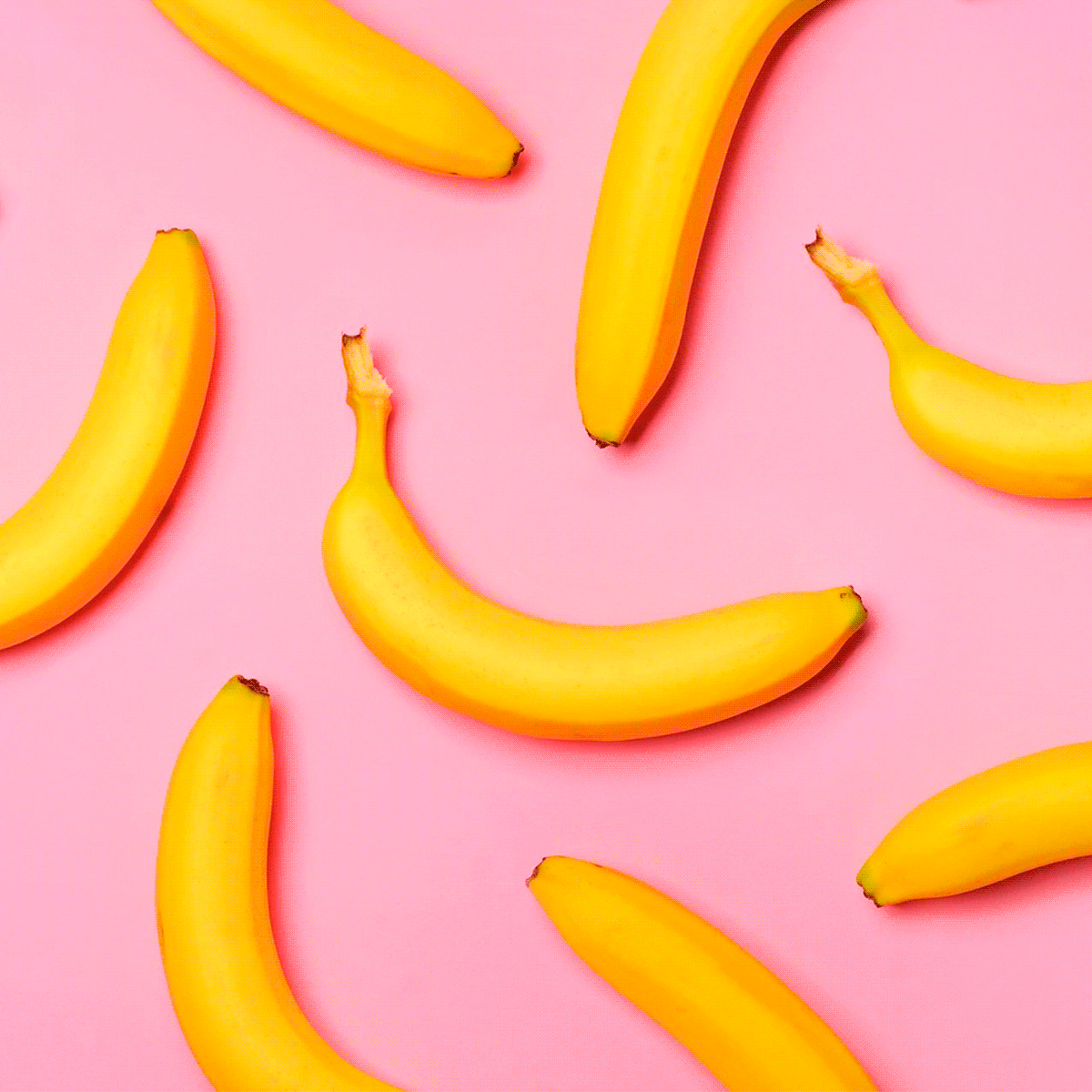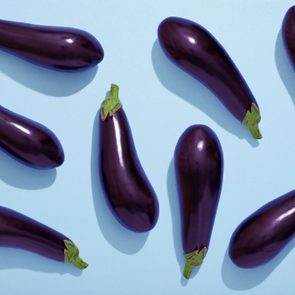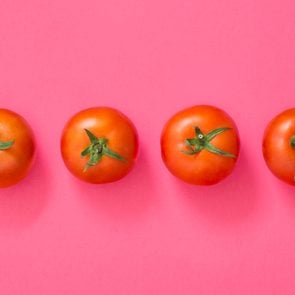What Is Yellow Watermelon? Here’s Everything You Need to Know About the Refreshing Summer Fruit
Updated: Mar. 11, 2024

Yellow watermelon will make your summer brighter in more ways than one
Is there any other fruit that screams summer quite as hard as watermelon? It can be sliced up and eaten ice cold, frozen into ice cream, sherbet or sorbet or used in refreshing summertime cocktails that are best sipped poolside. Truly, what would a backyard barbecue be without a big pan of watermelon served beside the hot dogs and hamburgers? But even though watermelon is a classic, yellow watermelon may be new-to-you. (Durian fruit is another yellow fruit you may want to try.)
You may have seen yellow watermelon looking gorgeous on Instagram or TikTok, its brightly golden hue adding an explosive pop of color to fruit salads, cheese boards and fresh fruit platters. If you’re curious about how to cut a watermelon easily or the food facts for this seemingly newfangled piece of produce, we’ve got the answers to your most burning yellow watermelon questions.
Get Reader’s Digest’s Read Up newsletter for more fun facts, travel, humor, cleaning and tech all week long.
What is yellow watermelon?
At first glance, yellow watermelon looks just like a regular watermelon, with its size, shape and striped green rind. But once you slice it open, you’ll discover a bright golden yellow flesh that’s quite different from the usual pink or red. The yellow color comes from beta-carotene, a pigment found in yellow and orange produce that is converted into vitamin A in the body. Yellow watermelon is available in some specialty grocery stores and farmers markets during the summer months, when watermelon is in season.
Botanically speaking, yellow watermelon belong to the Cucurbitaceae family and is classified as Citrullus lanatus. There are many different varieties of yellow watermelon, each with its own unique size, texture and flavor. Some popular types include Yellow Doll, Desert King, Yellow Crimson, Yellow Flesh Black Diamond and Buttercup Yellow Melon.
Is yellow watermelon natural?
Though it may seem like a new “designer” fruit, like pink pineapple or grape-soda grapes, yellow watermelon is all-natural and has been around for thousands of years. According to some sources, these golden melons were actually cultivated before red watermelon and have been grown in Africa for at least 5,000 years. Today’s yellow watermelon varietals have been selectively bred over time through seed collection and natural crossbreeding techniques.
What’s the difference between red and yellow watermelon?
The most obvious difference between red and yellow watermelon is the color of the flesh. Yellow watermelons get their golden hue from beta-carotene, which is an antioxidant also found in carrots and sweet potatoes. Red watermelons get their hue from lycopene, a naturally occurring crimson pigment that’s related to beta-carotene but is not converted into vitamin A in the body.
Outside of their different pigments, yellow watermelon and red watermelon share many of the same nutritional benefits, including being a good source of vitamin C, potassium and dietary fiber. They have similar tastes and textures, and both are available in multiple varietals that have different shapes and sizes. When it comes to availability, the ever-popular red watermelon is easily found in grocery stores and farmers markets, but yellow watermelon is slowly becoming much more popular—and much easier to find.
What is yellow watermelon supposed to taste like?
Yellow watermelon is somewhat sweeter than its red or pink counterparts and has a softer, milder flavor. Some yellow watermelons can taste “meatier” and less watery than certain red ones—a characteristic that can be affected by growing conditions, when the melons were harvested and the varietal of seeds used. Overall, you can expect yellow watermelons to taste very similar to the ones you’ve enjoyed all your life.
Where can you buy yellow watermelon?
Yellow watermelons are most often found at specialty food markets and farmers markets. Though they’re not yet as popular as red watermelons, some supermarkets do sell yellow watermelons during summer months. If yours doesn’t carry them, you can ask the manager of the produce department if it’s possible to get them in your area—supermarkets are always looking for customer feedback so they can better serve their communities, so if there’s enough local interest in yellow watermelon, they may start ordering it.
How do you pick a ripe watermelon?
The easiest way to pick a ripe watermelon is to look for the “field spot,” which is where the watermelon rested on the ground while growing. If you can see a decently sized yellowish or rich ivory spot, it means the watermelon is ripe. If the spot is green or bright white, it still has some time to go.
Another trick to picking a ripe watermelon is the “tap test.” Put your ear to the watermelon and give it a gentle tap with your knuckles. If it’s ripe, it’ll sound hollow or deep like a tom-tom drum. If the sound is dull or flat, it’s not ready for eating just yet. Ripe watermelons also feel heavy for their size because they’re filled with juice. Underripe watermelons have yet to release their juices, so they’ll feel lighter.
No matter the color, watermelons can be stored at room temperature for up to two weeks, but to keep them fresher for longer, they’re best stored in the refrigerator or a cool, dark place. Once cut, watermelon should be stored refrigerated in a sealed container, or wrapped in plastic or beeswax wraps, where it will last for up to a week. It’s important to note that the exact shelf life of watermelon depends on how ripe it was when you bought it, so you’ll need to use your senses and best judgment when storing yellow watermelon.
Sources:
- Specialty Produce: “Yellow Watermelon”
- The Journal of Nutrition: “β-Carotene Is an Important Vitamin A Source for Humans”






















